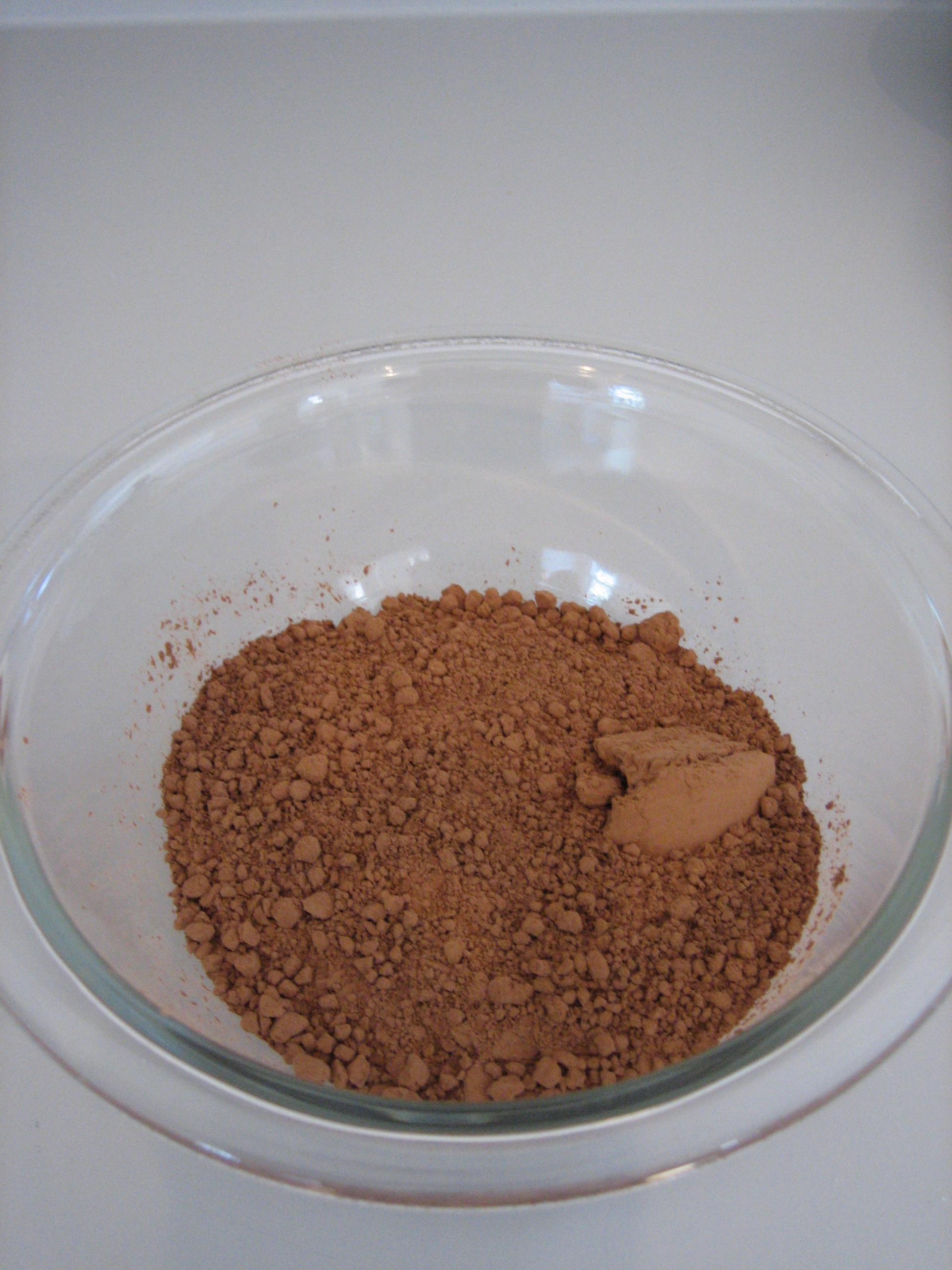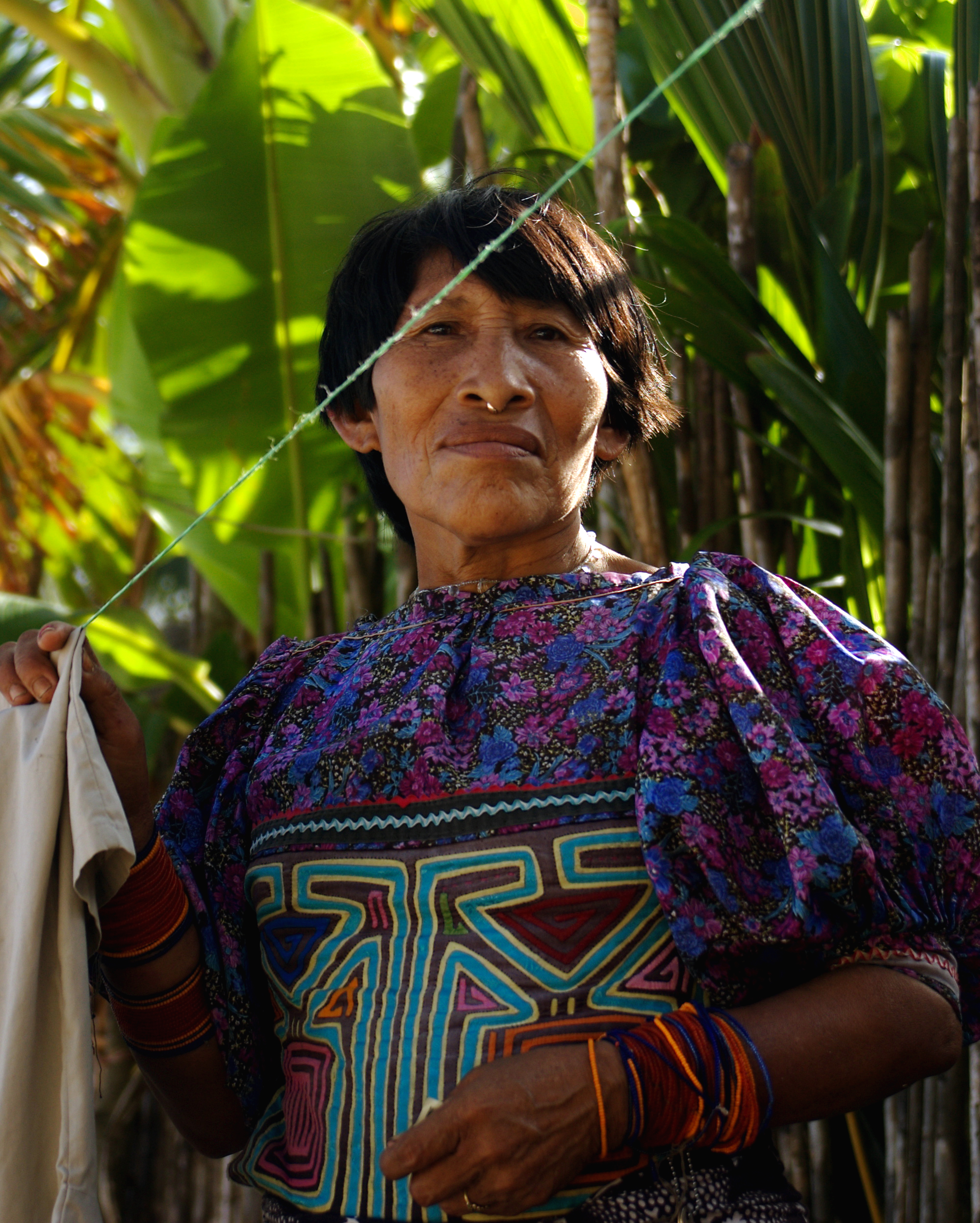Post-prandial "glucose excursions" are associated with risk of cardiovascular disease (atherosclerosis or hardening or narrowing of the arteries), which can lead to a heart attack, a stroke, or cognitive decline (where you have more and more trouble with memory and alertness, and become confused more often) -- all because of poor circulation to your heart and brain. On top of that, those spikes in blood sugar and insulin will lead to excess fat deep in your belly (called visceral fat), which increases your risk of diabetes and high blood pressure.
The good news is that most people can slow down the rate at which these bad things happen, or even stop them, just by making a few changes in how they eat. You can probably reduce your risk of heart disease or even lose belly fat.
Eat Better Carbs
Cut down on white bread, white rice, and white potatoes. Substitute pasta, whole unmilled grains (like brown rice and bulgar), and even pasta. Avoid highly-processed foods that have a lot of sugar, high-fructose corn syrup, white flour, and processed starch. Then substitute more vegetables like broccoli and spinach for some of the grains and potatoes. Eat "good carb" fruits like citrus, cherries, and berries.
I tried this one out last Friday. I made a pasta salad, but added quite a lot of chopped vegetables. Little bits of leftover grilled asparagus, red peppers, broccoli, onion, some fresh herbs from the garden, a little carrot and celery, a few peas, and some small red beans. It was colorful and delicious, and there was less room in the bowl for pasta.
Eat better fats
Avoid trans fats and saturated fats. Use modest amounts of olive oil or nut oils, and get some fish oils for their omega-3 fatty acids. The omega-3 fatty acids improve the after-meal triglycerides and reduce inflammation and risk of heart disease.
I'm working on adding one meal of fish per week to my family's menu, and maybe working up to two meals a week. Tuna sandwiches and tuna in the pasta salad go over pretty well.
Eat foods that slow digestion
Like nuts, vinegar, and cinnamon, and high-fiber foods like lettuce, spinach, and broccoli. A nice big serving of green salad dressed with vinegar and a little olive oil can lower your after-meal blood sugar by 25% or more and help you to feel more full. And a very small serving of nuts gives you antioxidants and decreases after-meal oxidative damage.
So I've tried having a small handful of plain, unsalted almonds as an evening snack, as a substitute for a small snack of pretzels. I pack low-sugar fruit cups in the kids' lunches instead of pudding cups, and include a bundle of carrot sticks. I try to serve a green salad or (when I can get them) a fresh beet salad dressed in vinegar. I've also found the kids are less likely to make faces at cooked greens if I serve them with vinegar.
Eat a little lean protein
At each meal to keep your metabolism up. This includes egg whites, fish, game meat (and other very lean red meats), skinless poultry breast, and nonfat dairy protein. They can decrease after-meal inflammation and help with losing weight.
Does nonfat milk on the quick oats at breakfast count?
Eat modest-sized servings
So your body can handle the load. Foods that help you feel full will help. They authors recommend vinegar and high-fiber foods.
We actually bring measuring cups to the table to help with this.
Move
Get 30 minutes or more per day of moderate or stronger physical activity. Even light exercise, if you keep up with it daily, can help. 90 minutes of exercise within 2 hours before or after a meal can cut your after-meal blood sugar and triglycerides in half.
Here's where I could really help myself some more, although the rest of my family doesn't seem to have a lot of problem. I think I'm spending too much time looking for health information and writing about it, and need to spend more time weeding the garden.
Keep a Healthy Weight
Strive for a waist size less than half your height.
Foods that reduce inflammation include fish oil and other omega-3 fatty acid supplements (since they reduce blood triglycerides), deeply-colored fresh fruits and vegetables, nuts, and cinnamon.
I think I've been doing a pretty good job in the last couple of years improving my family's diet. In the next few months, I'm going to put some focus on continuing to improve our carbohydrates, since there's a big benefit there. And I'll continue exploring the anti-oxidants. I really like the idea of improving my health with cocoa and cinnamon.













